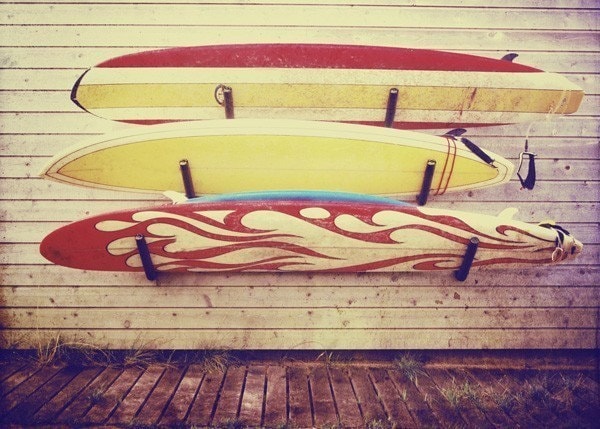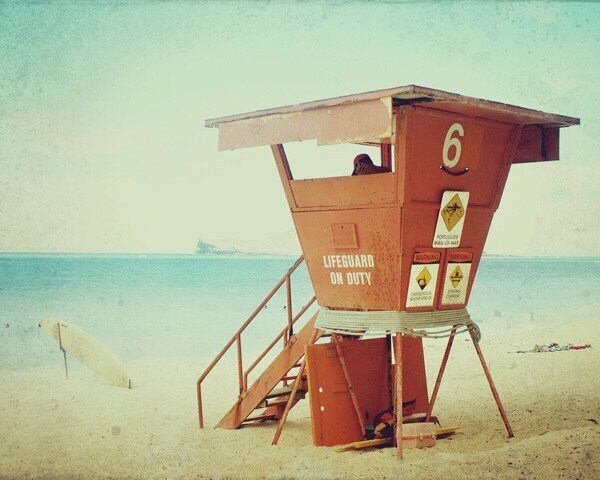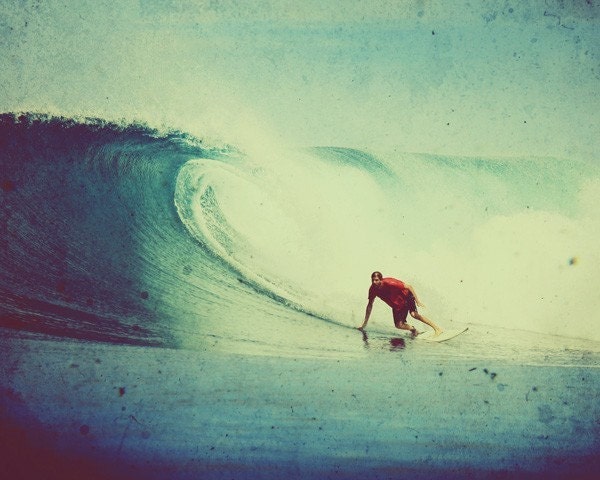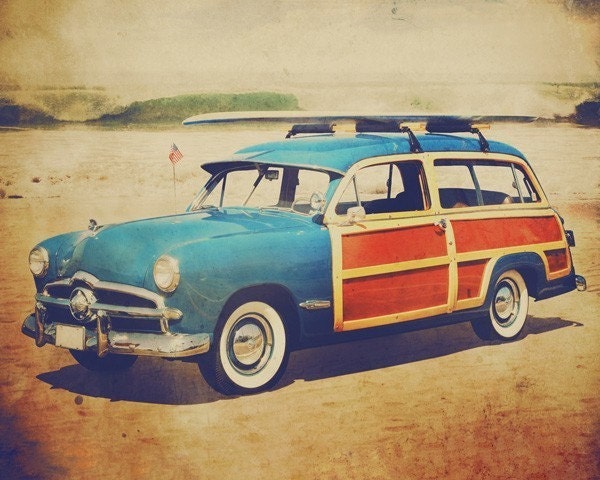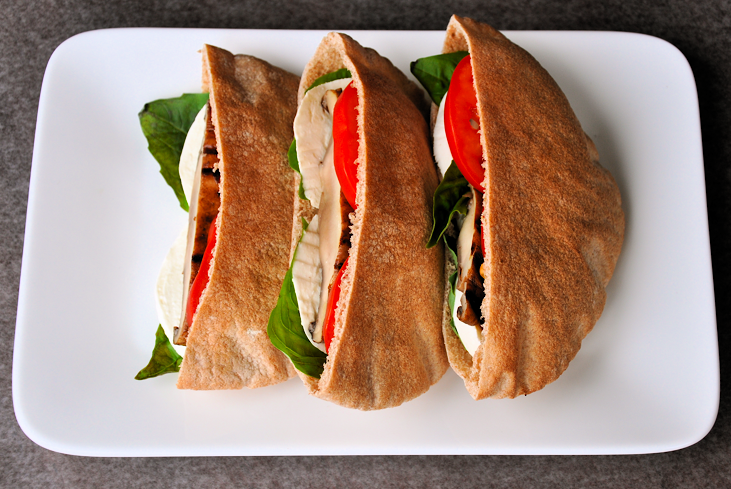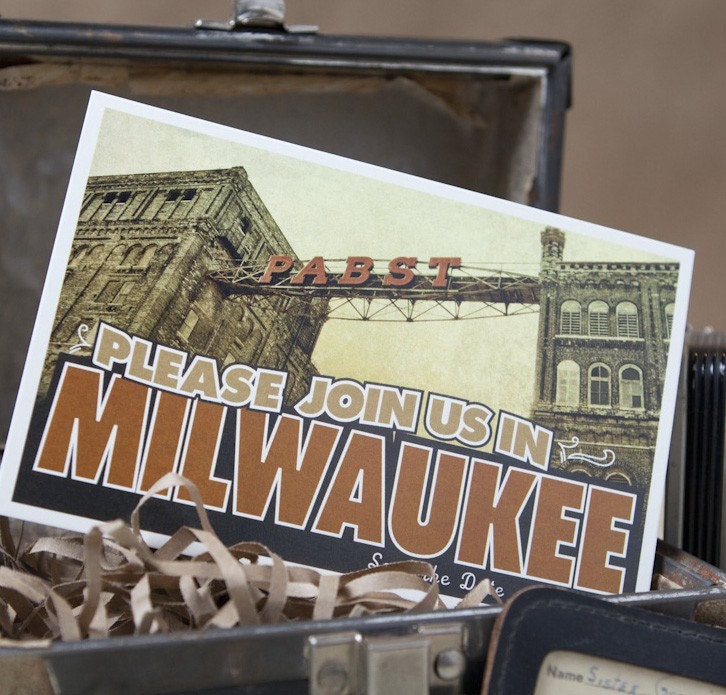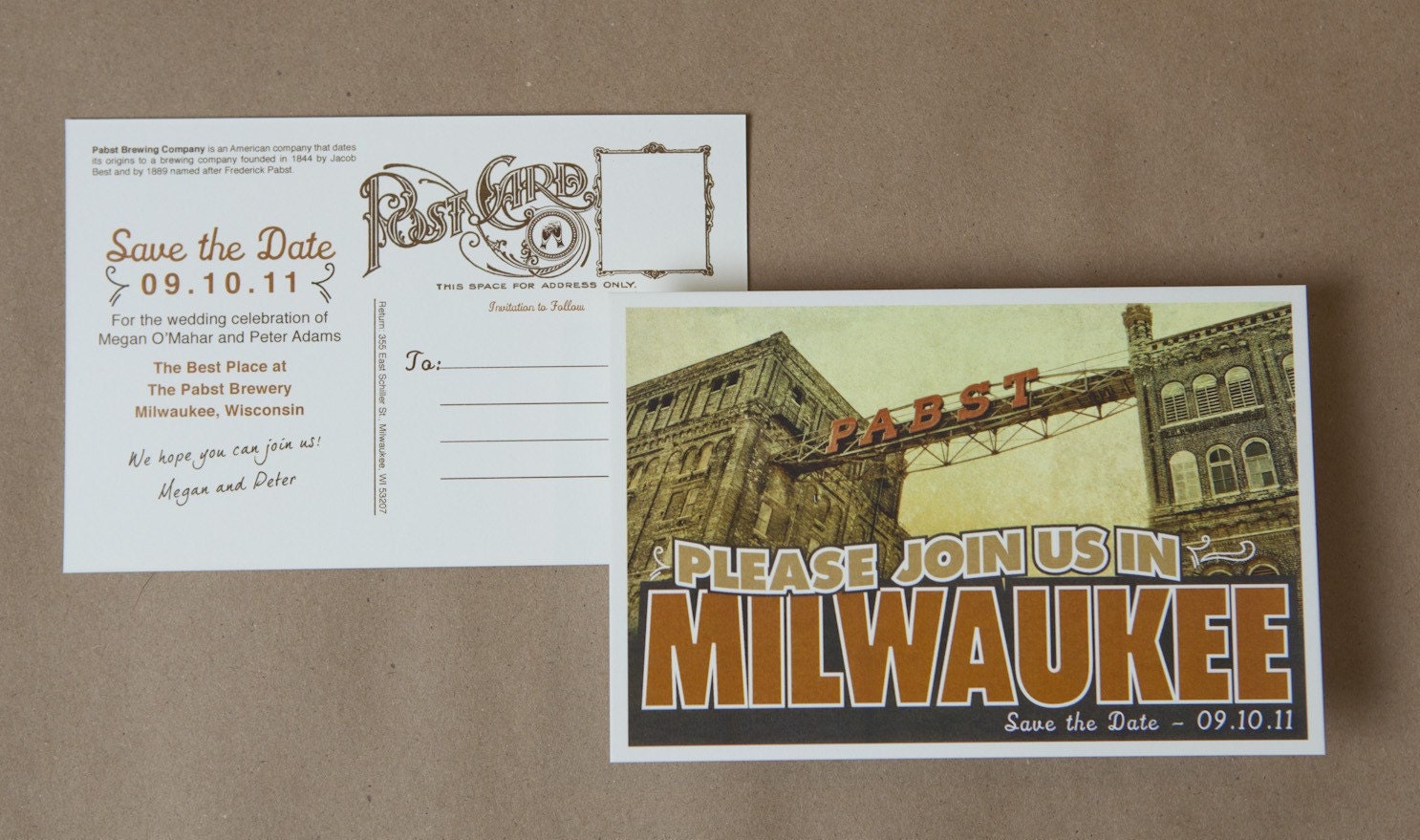
In honor of Earth Day, I'm posting directions to make your own backyard compost bin. The
Urban Ecology Center in Milwaukee is a great resource for earth-friendly, sustainable projects and education. They've posted
WORM COMPOSTING DIRECTIONS on their website. Worms speed up the decomposition process. You can buy them at Growing Power.
We've been thinking about creating a compost bin in our backyard to handle some of our garden waste, table scraps, and biodegradable waste. Last summer our garden box was like a jungle and we could barely keep up with weeding and eating. This summer, our seed placement and timing will be different.
Here are some secrets to perfect composting found on
SunsetCOMPOSTING TIPSDO- Mix brown matter and green matter: Brown matter is dried leaves, straw, sawdust, tree trimmings. Cut up pieces into 2 inches or smaller. Green matter is weeds, fruits/vegetable scraps, fresh grass clippings, coffee grounds, tea bags, and manure.
- Keep it hot: decomposition increases with increased heat. Keep the inner temperature at 140-150 degrees. In the summer, it shouldn't be too hard.
DON'T- Keep it turning: Every 10-14 days turn the pile, mix it, break it up and keep it covered. Add water/worms to speed up the process.
- Stay Vegan: No animal products! The proteins will turn rancid and secrete garden-toxic chemicals into the soil.
- Avoid invasive weeds: In Wisconsin, we have a lot of hardy, nasty, invasive weeds. These plants will break down in the composter, but the seeds may remain and possibly reinvade your garden. Most seeds from plant matter will eventually break down, especially if chopped before adding to the composter.
